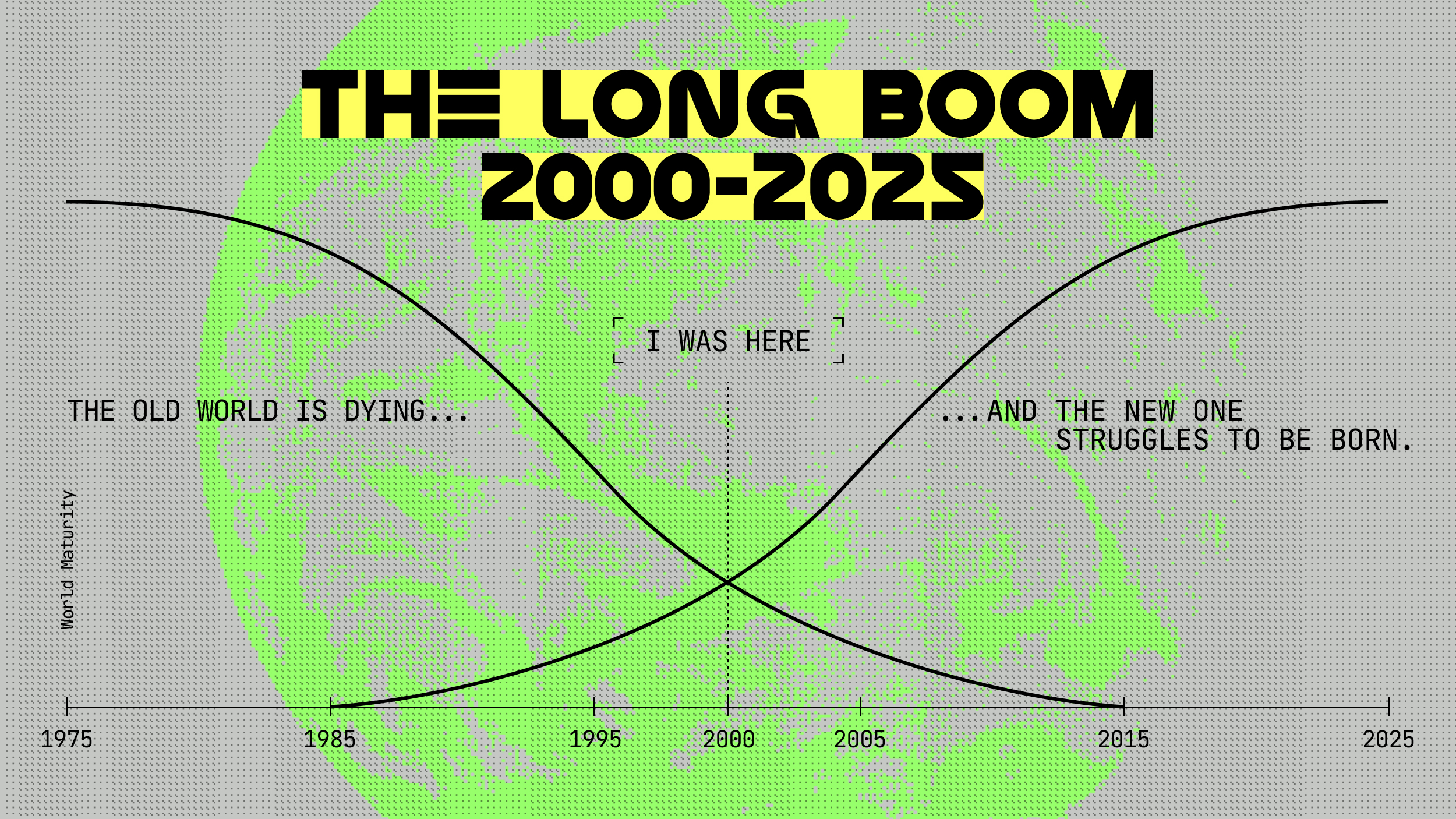Over the past 20 yrs, the proportion of the public paying ‘very close attention’ to news coverage about science and technology has dropped 50%

Pew has released an extensive analysis by political scientist Michael Robinson of three decades of its news consumption data. Among the key findings, since the 1980s, the percentage of the public who say they follow news about science and technology “very closely” has dropped by half, from roughly 30% during the 1980s to roughly 15% today. Meanwhile, the percentage of Americans who say they follow personalities and entertainment has doubled to 17%, while the proportion paying very close attention to terrorism/war; bad weather; and money top all issues, with each at 40% respectively.
In a separate analysis of Pew’s News Index tracking for the second quarter of 2007, the research group reports that over the past three months, news about either the environment or science accounted for only 3% of total news coverage, while health and medicine accounted for roughly 4%.
Once again, these numbers underscore the stark reality that engaging the public through popular science media only reaches the already informed, interested, and knowledgeable. In the digital age, it’s a problem of too many media choices. Absent a preference for science news, the public tunes out, choosing to devote their attention to other types of news content, or more likely, other forms of entertainment media. At the same time, news organizations are cutting back on the time and space devoted to science, technology, and the environment while also cutting back on their science and technology correspondents.
The challenge is to figure out how to recast, or frame, information about science in ways that attract the interest of non-traditional audiences and that reach them via the media that they prefer to use, whether it’s entertainment media, sports, weather, or celebrity and leisure coverage. A lot of this depends on facilitating incidental exposure to science, reaching audiences with science-related content in media places where they are not looking for it.




